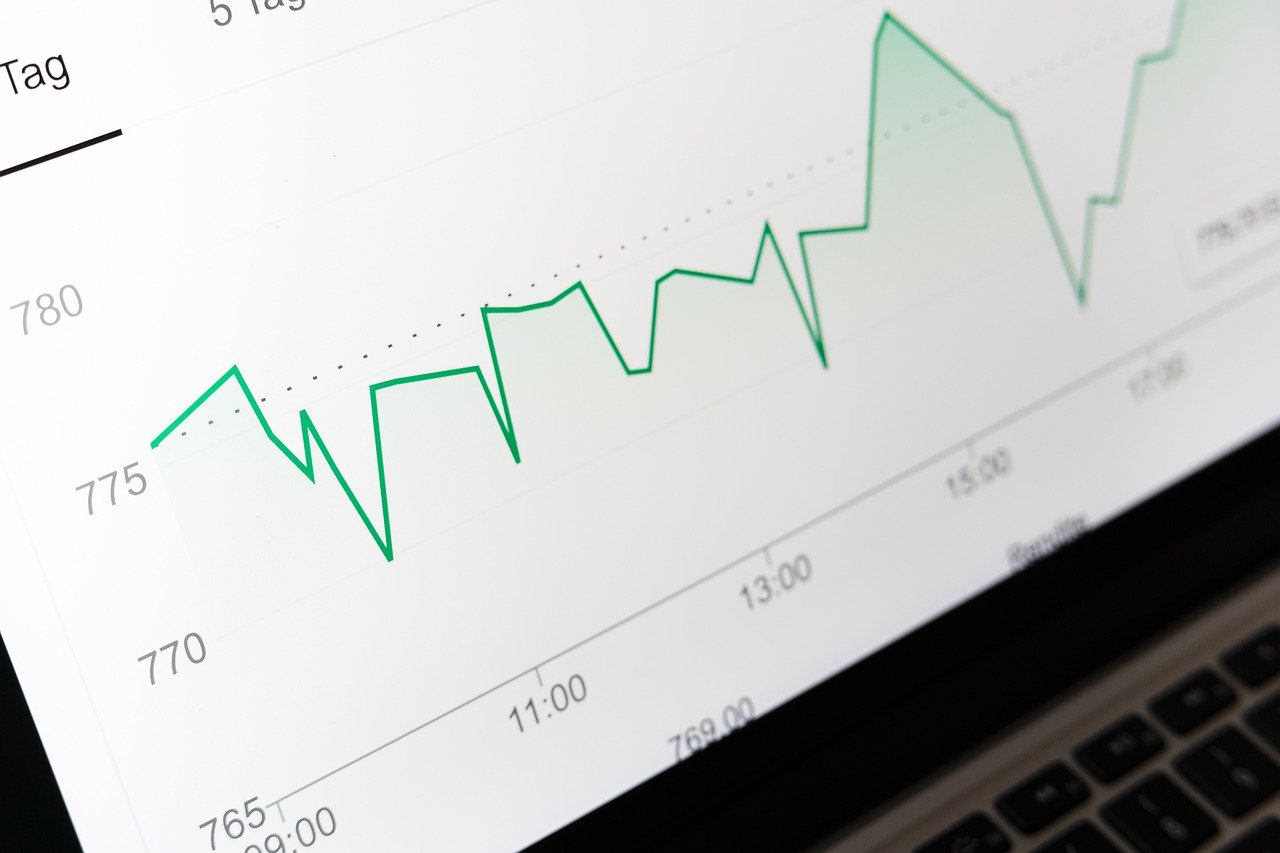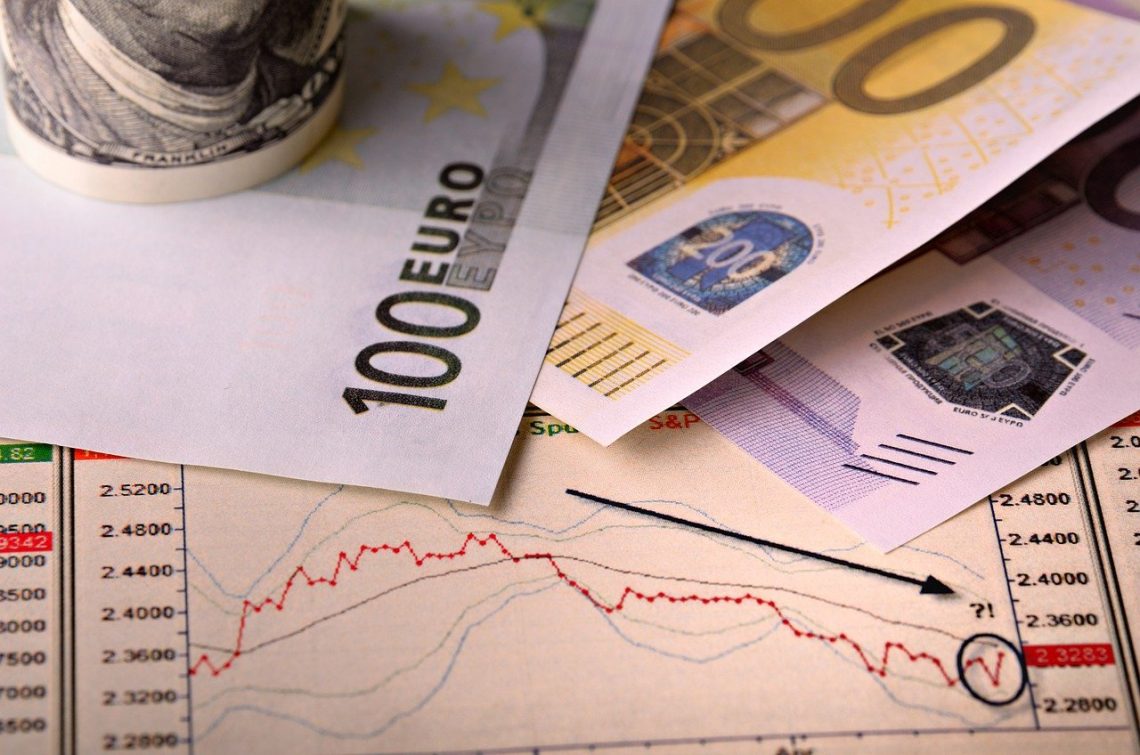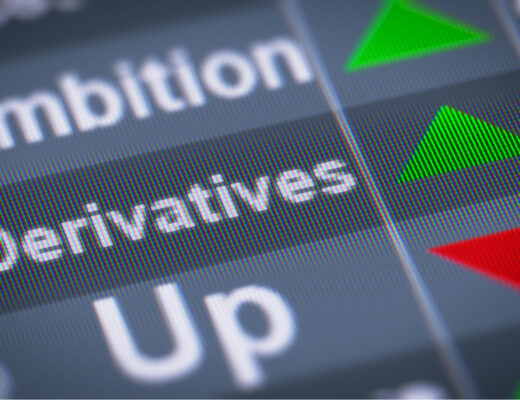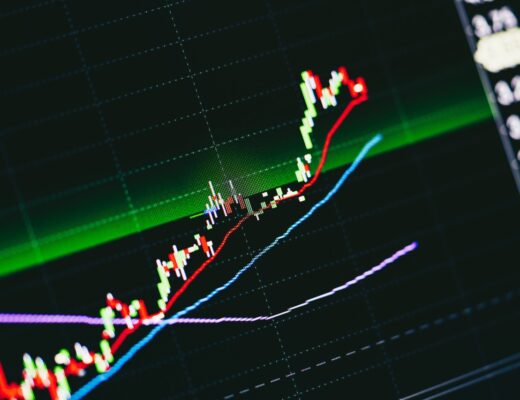Deflation: how does it affect the economy?
The notion of deflation characterizes an increase in the actual value of cash and a decrease in the overall price of goods and services. This process is the opposite of inflation. Deflation primarily affects the activities of banking institutions and enterprises, and then its effects are felt by the population.
The causes of the process may be different, the main ones being highlighted.
The increasing demand for cash and non-cash money, which occurs when citizens increase their savings on a massive scale. And it can be deposits or just keeping banknotes at home. In this case, money goes out of circulation in the country’s economy, which increases its value, and the demand for products and services falls. The cost of goods is reduced in order to adjust to the purchasing power.
The second reason for deflation is the reduction in lending, which prevents the increase in cash turnover.
Overproduction also has an impact on this phenomenon. Enterprises continue to produce products, but they are not in demand – the population does not buy them because they prefer to keep money rather than spend it. As a result, there is no capital turnover, and if the picture is aggravated by a decline in lending, prices begin to fall sharply, and inflation is replaced by deflation.
Rigid public policy can stimulate such processes. This manifests itself in a sharp reduction or increase in the key rate.
It should be borne in mind that the causes of deflation can be observed together or separately, much depends on the characteristics of the economy, processes within the country.

The consequences of the increase in the value of money are considered to be the so-called “deflationary spiral”, which is observed in the segment of commodity circulation. With falling prices for products and services, when the population keeps the money, the demand does not increase. At the same time, companies’ profits are reduced, they are forced to lay off their staff and lower their salaries in order to avoid bankruptcy. But demand continues to fall, and deflation is getting stronger. The process is moving in a spiral, worsening with a new twist.
Banks also fail to cope with the situation and close down. The population, observing this trend, starts to express distrust towards financial institutions, take away deposits, preferring to keep money at home. The economy does not have enough money to overcome the crisis. The volume of lending is going down.
The manufacturing industry is not getting the right injections and cannot develop. Declining prices on the market with low demand lead to losses. Many enterprises refuse from various directions, and do not finance new developments. Downsizing increases unemployment in the country.
But deflation can also have positive consequences. If people’s purchasing power increases, it leads to higher demand. People can buy more goods, and the value of money remains unchanged.










